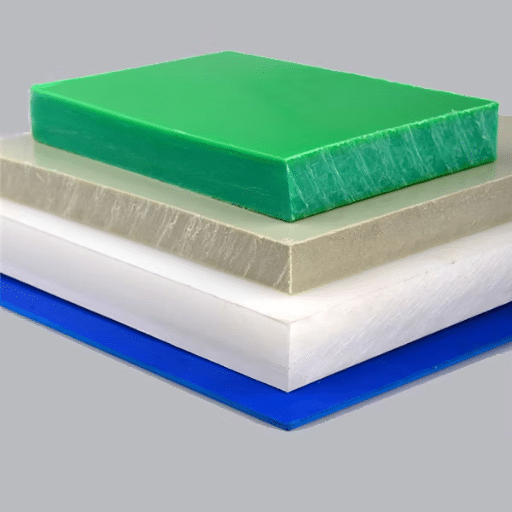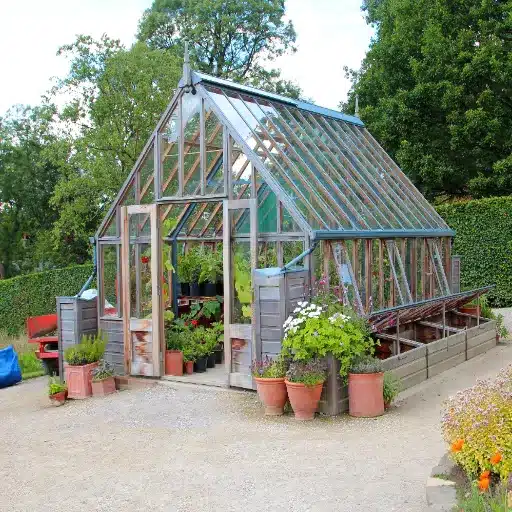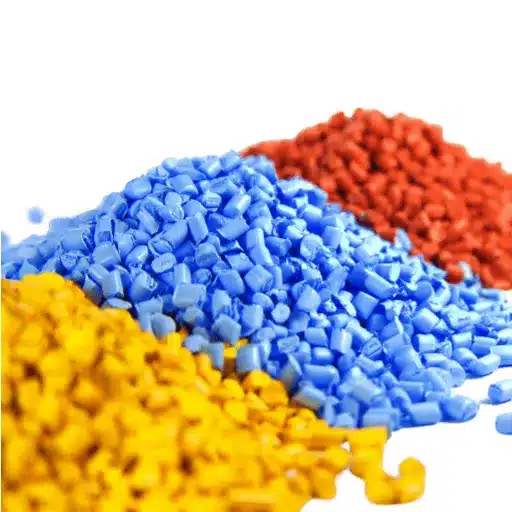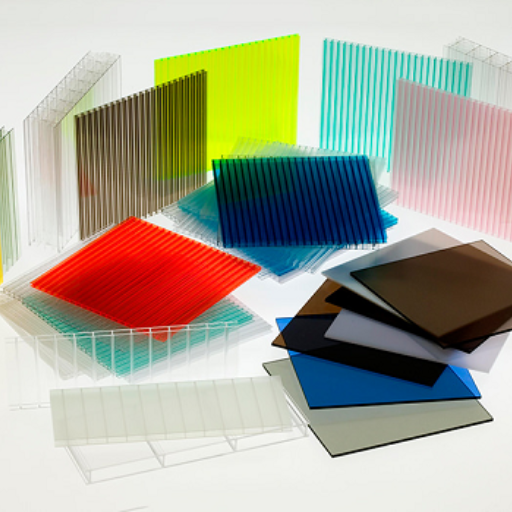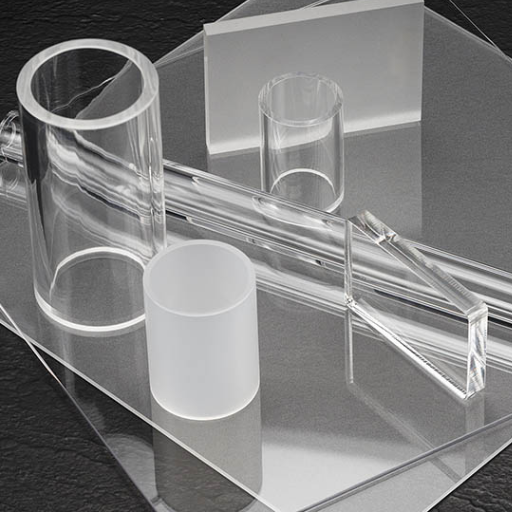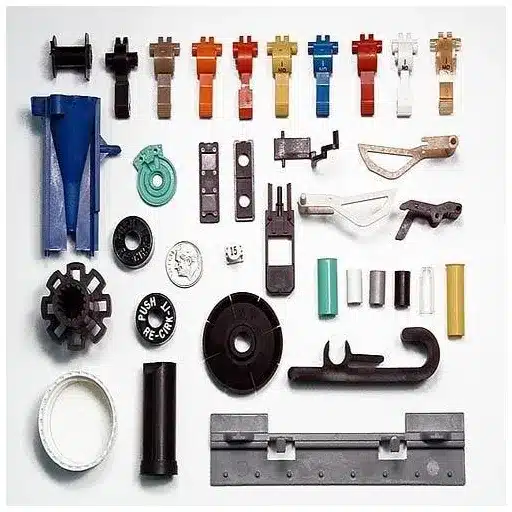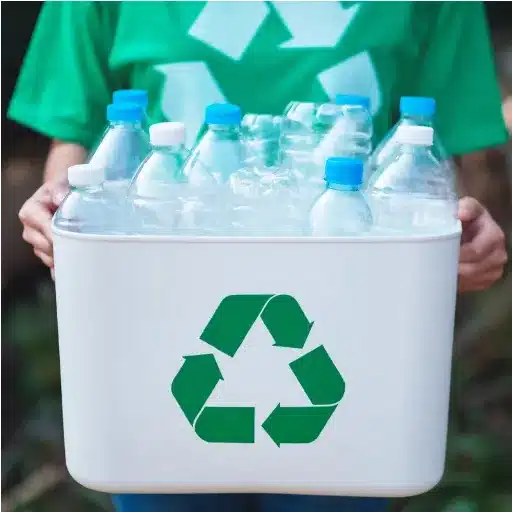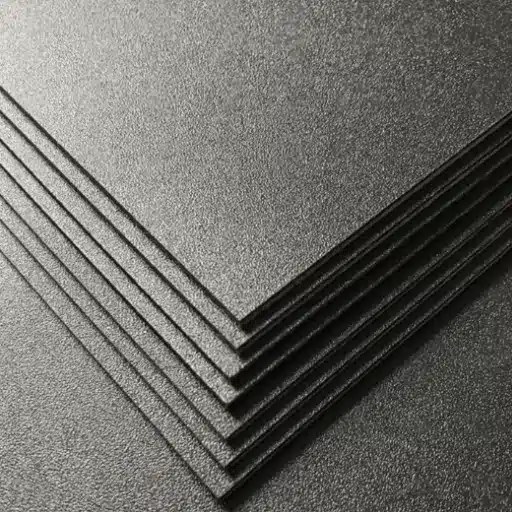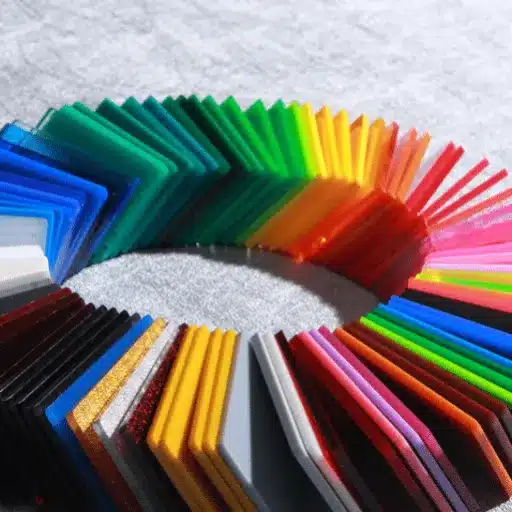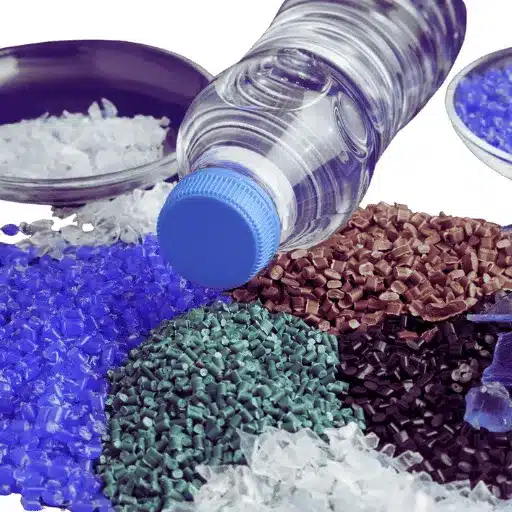High-Density Polyethylene (HDPE) is such a material that is a thermoplastic of great versatility and wide application in various industries like packaging, automotive, construction, and consumer products. Among the various methods of manufacturing this material, injection molding is characterized as an exceptionally efficient and accurate process. However, what precisely is HDPE injection molding, and what makes it so essential? This piece not only delineates the injection molding stages but also discusses the very characteristics of HDPE which make it the best choice for the process, and finally, it shows the way this partnership caters the needs of the most demanding contemporary applications. In any case, you will be product designer, manufacturer or just curious about modern production techniques, this guide will surely enlighten you about the major pros and applications of HDPE injection molding.
Introduction to HDPE Injection Molding
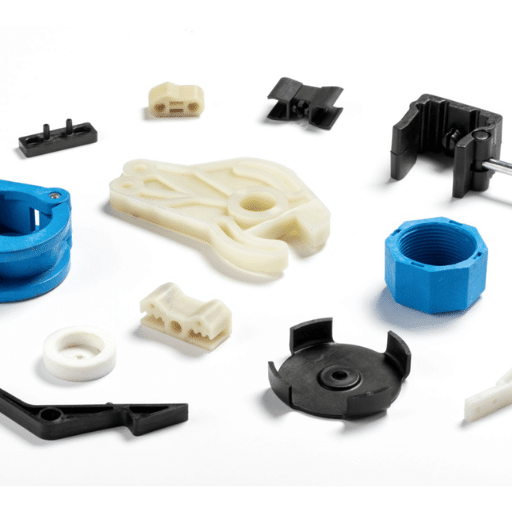
What is HDPE?
High-Density Polyethylene (HDPE) is a kind of plastic that is made in big amounts by process of petroleum in the form of a thermoplastic polymer. It is famous for its many features and its strength, HDPE having a linear arrangement with very little branching is the reason for its high density and strength when compared to other polyethylene types.
🔬 Key Characteristics of HDPE
- Lightweight but very strong
- Impact resistant – withstands physical stress
- Moisture resistant – ideal for outdoor applications
- Chemical resistant – handles harsh environments
- Non-toxic and recyclable – environmentally friendly
- Versatile applications – packaging, pipes, automotive, medical products
HDPE’s versatility and sturdiness have made it a material of great importance in the modern world of manufacturing.
Overview of Injection Molding
Injection molding is a very popular and common way of manufacturing that helps in making many parts made of plastic that are very complicated and accurate together with their mass production. The molten process of heating thermoplastic or thermosetting polymers until they turn into a fluid, then injecting the substance into a mold cavity with the help of high pressure. After the material has cooled down and solidified, the mold is opened and the product is ejected.
❓ Frequently Asked Question: “Why is injection molding considered so efficient in the case of large production?” The answer points to the quickness and accuracy of the process. Injection molding is the technique that manufactures thousands and millions of components in a very short span of time while keeping the quality uniform and also minimizing the raw material waste by recycling.
Importance of HDPE in Plastic Manufacturing
The plastic manufacturing industry considers High-Density Polyethylene (HDPE) as a material of necessity owing to its premium characteristics, practical adaptability, eco-friendliness, and versatility. HDPE has a very high strength-to-density ratio, that is why it is very popular in the production of such things as plastic bottles, pipes, containers, and geomembranes.
It is also slowly being adopted in the industrial sector along with consumer applications due to its resistance to impact, chemicals, and moisture. HDPE continues to be a dominant figure in the recycling industry, supporting this with the fact that it is really easy to recycle, and new uses, such as plastic lumber, piping, and even furniture, can be created from it. Consequently, it is in line with world initiatives that aim to cut down on plastic waste and push for a circular economy.
HDPE Material Properties
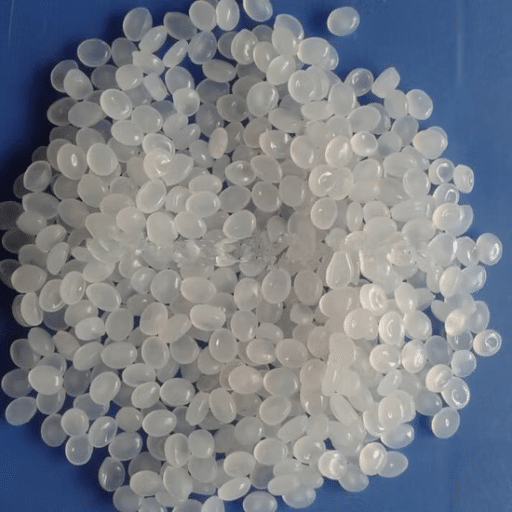
Physical and Chemical Characteristics
HDPE, or high-density polyethylene, is characterized by a wide range of physical and chemical properties that are very strong and that invariably are factors those supersede a lot of other polymers for variety of uses.
| Property Type | Characteristic | Benefit |
|---|---|---|
| Physical | Lightweight with high durability | Exceptional strength-to-density ratio |
| Thermal | Melting point: 130-137°C (266-279°F) | Withstands high temperatures |
| Chemical | 100% resistance to acids, alkalis, organic solvents | Minimal wear in harsh environments |
| Structural | Non-porous construction | Excellent water resistance |
Durability and Impact Resistance
HDPE is fantastic when it comes to durability and impact resistance, thus it is the first choice of many sectors being the material used with the best properties. Recent studies show that its toughness is a result of its high density of molecules, which allows it to compress and deform to a considerable extent without cracking or breaking.
💪 Perfect Applications for HDPE Durability
- Heavy-duty containers for industrial use
- Pipe systems for water and gas distribution
- Industrial parts requiring impact resistance
- Components for harsh environmental conditions
Comparison with Other Plastics
In comparing plastics that are most commonly used, such as polypropylene (PP) and polyvinyl chloride (PVC), high-density polyethylene (HDPE) is the one that clearly shows its better impact resistance and flexibility.
| Material | Strengths | Limitations | HDPE Advantage |
|---|---|---|---|
| HDPE | Superior impact resistance, flexibility, UV resistance, fully recyclable | – | ✓ Best overall performance |
| PP | Excellent fatigue resistance, lightweight | Lower durability in demanding applications | HDPE offers better toughness |
| PVC | Great hardness, chemical resistance | Requires plasticizers that can migrate, environmental concerns | HDPE is more eco-friendly |
To sum up, HDPE is strong while at the same time being versatile and also eco-friendly in a way that a lot of other plastics are not able to do.
Injection Molding Process

Steps in the Injection Molding Process
Clamping
Initially, the clamping device takes charge and flawlessly grips the mold’s two halves at unit pressure. It is necessary to keep the mold closed under great pressure so that the material gets shaped correctly.
Injection
The melting process, or granules of plastic (usually) getting melted, is injected into the cavity of the mold by means of a screw or ram mechanism. The latest findings reveal that the progress in the accuracy of injection systems has greatly benefited the pace and precision of this step.
Cooling
The cooled and solidified molten plastic area is filled as soon as the plastic gets melted, and it starts cooling down. Automation technology has now been upgraded to ensure temperature control throughout the process is accurate, thus shortening cooling time while maintaining quality.
Ejection
The plastic part gets completely solidified, then the mold opens and the new part is taken out with the help of ejector pins or plates. Recent improvements in mold design permit easier ejection, reducing the chance of part damage.
Finishing
Extensions such as trimming, polishing, or inspection are applied to eliminate excess material and maintain quality. The modern machine-learning systems are capable of identifying product defects with higher reliability, thus increasing efficiency in this stage.
Types of Injection Molds Used for HDPE
The molds used for injection molding high-density polyethylene (HDPE) products are made to deal with the specific properties of this material. These include the following common types of molds:
🔧 Two-Plate Molds
Best For: Simple shapes like bottles, caps, and basic parts. Most commonly used mold design for HDPE with simple partition line. Not very expensive and requires little maintenance.
🔧 Three-Plate Molds
Best For: Complicated parts with several gates. Provide fine control over injection and ejection, good for detailed shapes with structural features.
🔧 Hot Runner Molds
Best For: Large-scale production. Integrate heating system to maintain HDPE in melt state. Reduce material waste and cycle time while improving product quality.
🔧 Insert Molds
Best For: Combination products. Allow integrating metal or other materials with HDPE. Common in automotive and consumer goods industries.
🔧 Family Molds
Best For: Matching product sets. Allow production of several parts in one molding cycle. Particularly advantageous for matching colors like containers and lids, increases production rate and lowers operating expenses.
Molding Design Considerations
The design of molds for HDPE products has to consider several factors that are critical to optimal performance, efficiency and product quality.
⚙️ Critical Design Factors
- Shrinkage Factor: HDPE shrinks more than other plastics – designers must ensure product size conforms to desired specifications
- Uniform Wall Thickness: Helps eliminate warping, sinking or uneven cooling that could weaken product strength
- Proper Venting: Crucial to prevent trapped air that could lead to surface defects or structural weak spots
- Gate Placement: Must allow good material flow without affecting part’s strength or finish
- Sustainable Options: Cutting down energy requirements and choosing recyclable materials align with eco-friendly consumer demands
Applications of HDPE Injection Molding
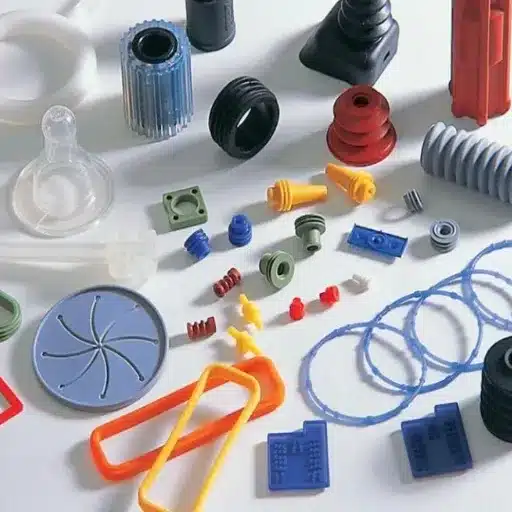
Consumer Products Made from HDPE
HDPE (High-Density Polyethylene), which has been widely used to make consumer goods like plastic bottles, plastic bags, etc., is chosen for its robustness, lightness, and recyclability.
🏠 Household Items
- Storage containers
- Cutting boards
- Detergent bottles
🌳 Outdoor Products
- Outdoor furniture
- Piping systems
- Garden equipment
🧸 Children’s Products
- Toys
- Safety equipment
- Play structures
Industrial Applications
HDPE (High-Density Polyethylene) has found its way into almost every industrial application as it is strong and versatile. It has been extensively used to make pipes and fittings for water and gas distribution systems because of its remarkable corrosion and chemical exposure resistance.
🏭 Major Industrial Uses
- Piping Systems: Water and gas distribution, corrosion-resistant infrastructure
- Packaging Industry: Lightweight yet tough containers, drums, and industrial liners
- Environmental Protection: High-strength geomembranes for waste management and mining
- Sustainability Focus: Recyclability and applications in green technology
Innovative Uses of HDPE in Various Sectors
HDPE is so versatile that over time it has become more of a norm than an exception in the innovations of industries through its ecological and performance properties.
| Sector | Innovation | Impact |
|---|---|---|
| Construction | Piping systems that compete with metals | Modern water distribution and drainage solutions |
| Packaging | Lighter, stronger, recyclable containers | Bottles, caps, and sustainable packaging |
| Renewable Energy | Durable components for solar and wind power | Facility parts and turbine blade components |
| Environmental | Waste-to-energy projects, geosynthetic liners | Landfill protection and conservation |
🌍 Environmental Impact: Growing curiosity about HDPE’s role in conservation. Common questions include: “How does HDPE promote environmental protection?” and “What are the green innovations using HDPE?” These inquiries exemplify its increased usage in waste-to-energy projects and as a primary material for green geosynthetic liners at landfills.
Advantages of HDPE Injection Molding

Cost-Effectiveness and Efficiency
Injection molding of high-density polyethylene (HDPE) is a manufacturing method that is very cost-effective and efficient, offering a wide range of opportunities for the industries that need plastic parts that are strong, light, and flexible in use.
💰 Economic Benefits
Low Material Cost
HDPE is economically priced
Recyclability
Material can be reused multiple times
Near-Zero Waste
Cutting-edge accuracy minimizes waste
Quick Production
Fast cycles reduce manufacturing time
That trio of cheapness, eco-friendliness, and great production rate lifts HDPE injection molding to the top choice in different industries, that is, from packaging to infrastructure.
Environmental Benefits of Using HDPE
High-density polyethylene (HDPE) is undeniably the best among all other materials when it comes to being eco-friendly because it is not only recyclable but also energy-efficient.
♻️ Environmental Advantages
- Multiple Recyclability: Can be recycled several times without losing original quality significantly
- Reduced Virgin Plastic Use: Minimizes usage of new plastics and waste in landfills
- Lower Energy Consumption: Production requires less energy than many other plastic materials
- Smaller Carbon Footprint: Environmentally responsible manufacturing process
- Growing Consumer Interest: Searches for “recyclable HDPE products” and “eco-friendly plastic alternatives” are increasing
Customization and Versatility
HDPE’s creativity and diversity make it a perfect material for all industries, from packaging to building. Even though the material possesses all these properties throughout the wide variety of shapes and sizes into which the material can be molded, HDPE will still meet all the application-specific needs of thousands of industries.
💡 Key Question: “In what ways can HDPE make the sustainability efforts across multiple sectors more effective?” The answer lies in HDPE’s inherent recyclability coupled with a high degree of customization. By allowing the industries to produce long-lasting, tolerably reusable and recyclable products, HDPE reduces waste directly while also supporting ingenious, eco-friendly solutions through its use.
Future Trends in HDPE Injection Molding
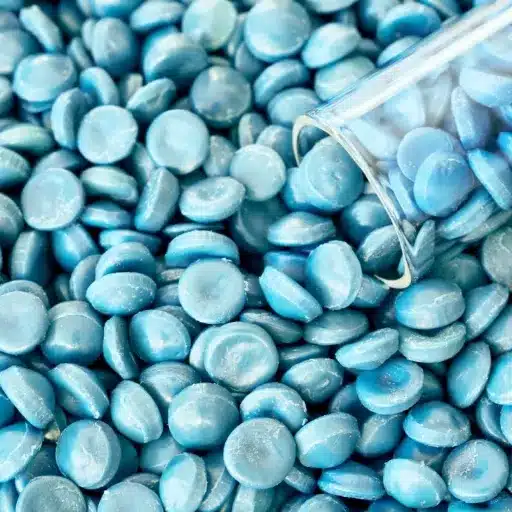
The Innovations in Molding Technology
Molding Technology is one of the major factors in the continuous evolution of HDPE injection molding through technology and the demand for higher sustainability.
🚀 Technological Innovations
Smart Manufacturing Systems
Automation and real-time monitoring improve quality and efficiency of the entire process
3D Printing Integration
Technology for mold creation results in shorter product development cycles and quick testing
Eco-Friendly Methods
Low-energy molding and biodegradable additives reduce negative impact on the environment
Emerging Applications and Markets
The high-density polyethylene (HDPE) injection molding market is booming and so are new areas of application and markets coming up for it.
📦 Packaging Sector
Lightweight yet strong containers that are cost-efficient and contribute to sustainability
🚗 Automotive Industry
Electric vehicle battery enclosures and lightweight car parts aimed at cutting energy waste
🏥 Healthcare Sector
Single-use medical tools and sterile packaging due to chemical resistance and cleanliness
⚡ Renewable Energy
Components for solar and wind industries, supporting eco-friendly technologies
Sustainability and Recycling Initiatives
Bringing forth the sustainable nature of HDPE has drawn the recycling aspect of it to mention confirmed by the fresh trend of search data that reveals high volumes of queries on HDPE recycling processes and eco-friendly alternatives.
♻️ Recycling & Sustainability Initiatives
- Closed-Loop Recycling Systems: HDPE materials are collected, processed, and reusable in making new products
- Waste to Resources: Turns waste into valuable materials, lightening environmental load
- Biodegradable Additives: Growing interest indicates sustainability-oriented attitude across industry
- Global Eco-Friendly Goals: HDPE adapts to worldwide environmental standards as consumer market demands greener choices
Frequently Asked Questions
❓ What are the benefits of the HDPE molding process?
The HDPE molding process has a number of benefits that have made it the preferred choice of the manufacturer. The high maximum density of HDPE gives it excellent resistance to impact which is very important for the longevity of the product in different applications. The process paves the way for manufacturing complex forms with equal wall thickness and this is a guarantee of achieving quality molded parts. Besides, HDPE is priced lower than most materials which means that it is a cost-effective choice for large-scale production. The toughness of HDPE also indicates that it will not break down easily when exposed to environmental stress, thus the resin is broadly accepted in industries. All the above-mentioned points are enough to make HDPE the most commonly used resin in the injection molding custom parts services.
❓ What are the attributes of HDPE material?
The properties of the HDPE material are very important to be known for the successful use in the injection molding process. One of the main features of HDPE is its outstanding tensile strength. This offers the plastics longevity and shock resistance. The HDPE melt point is quite high, while it can take the heat without losing its shape easily. The material also has low moisture uptake and thus it can be used in different climates & outdoors. The low surface energy of HDPE makes the manufacturing process more robust, as it favors the bond of coatings & labels. In summary, these characteristics give HDPE stability as a material for injection-molded goods.
❓ What is the process of HDPE injection molding?
The HDPE injection molding process includes the heating of the resin to its melting point as the first step of the production process. After this has been done, the liquid HDPE is forcing and pumping into the mold with the aid of a high-pressure injection system, so it can take on the shape of the mold cavity. This mechanism works very well with the parts that have to be made in large numbers and with high quality and accurate tolerances, resulting in less wastage of the material. The design aspect of manufacturing is very important, as it sets both the intricacy and utility of the end product. The newly made parts are cooled and then removed from the mold resulting in the finished products that can be used in different applications. This effective method is the reason behind the large usage of HDPEs in plastic injection molding.
❓ What are possible replacements for HDPE in injection molding?
Even though HDPE is the mainstream resin, there are still possible replacements that are not necessarily only based on the specific needs of manufacturers. One such replacement is Polypropylene (PP), which is quite similar to HDPE in terms of toughness and moisture retention, thus, it is versatile enough to be used in different industries. Another contender is polystyrene (PS), which not only takes less cost but also is very suitable for unpretentious designs. On the contrary, for enhanced chemical resistance, one may turn to Polyvinyl Chloride (PVC). Each option comes with its own set of characteristics such as melt flow and impact resistance, which are decisive factors when it comes to a choice for a particular injection molding. In the end, the choice should be a match between the needed performance traits and budget concerns.
❓ Which HDPE injection molding applications are the most frequent ones?
HDPE has found its place in a variety of injection molding applications in different industries. Its resistance to chemicals combined with its impact strength make it a perfect candidate for the production of milk jugs, crates, and containers. By the same token, the plastic is also popular for making automotive and consumer goods custom parts due to its long-lasting and powerful nature. The low price of HDPE also means it can be produced on a large scale, which makes it a popular choice among manufacturers who wish to streamline their injection molding production process. Moreover, FDA approval ensures the safety of HDPE in food-grade applications, thus increasing its adaptability across different fields.
Reference Sources
📚 Harvard ADS – Structural Development of HDPE in Injection Molding
This study investigates the structure-property relationships in shear-controlled orientation during the injection molding of high-density polyethylene (HDPE).
Source: Harvard Astrophysics Data System
📚 North Carolina State University – High-Density Polyethylene-Based Composites
This research explores the effects of coupling treatments on HDPE-based composites manufactured through injection molding.
Source: NC State University Research
📚 Eastern Illinois University – Investigation of Recycled HDPE in Injection Molding
This thesis examines the properties of recycled HDPE composites formed through injection molding, focusing on tensile strength and elongation.
Source: EIU Theses and Dissertations






